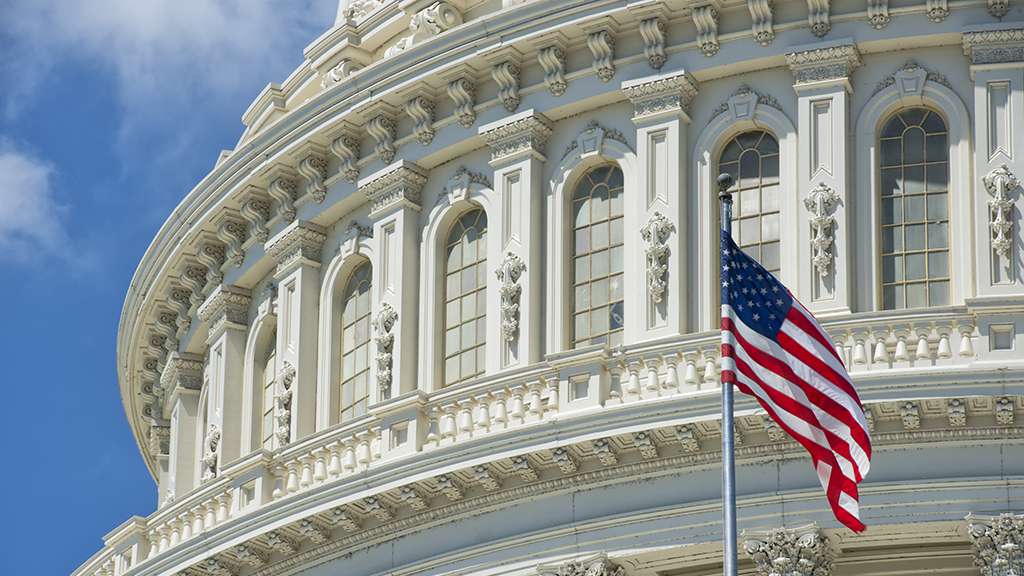Legislative Update
Congressional Appropriations Committees Advance Two Drastically Different Spending Bills for Public Education
By Ralph Forsht, Manager, Advocacy and Legislative Affairs
Posted on 2023-08-10

Disclaimer: The views expressed in this blog post are those of the author(s) and do not necessarily reflect the official position of the National Science Teaching Association (NSTA).
Last month, the Senate and the House of Representatives introduced two drastically different versions of their Fiscal Year (FY) 2024 Appropriations bills that would support public education. The House FY 2024 Labor, HHS (Health and Human Services), and Education spending bill would provide a discretionary total of $67.4 billion to the Department of Education (ED), which is $12.1 billion (15%) below the FY 2023–enacted level. The Senate’s FY 2024 Labor, HHS, and Education spending bill provides $79.6 billion in discretionary funding for ED. The $12.2 billion House–Senate difference is noteworthy and challenging.
The House Appropriations Committee introduced the Labor, HHS, Education, and Related Agencies bill that would fund those departments for FY 2024. As proposed, the legislation would implement a 15% cut in funding compared to FY 2023 funding levels for ED. This cut equates to more than $12 billion. The House legislation also eliminates a number of K–12 and higher education programs.
The House bill proposes to cut $14.7 billion (an 80% cut) from Title I, Part A, grants to local educational agencies under the Elementary and Secondary Education Act (ESEA) and would eliminate other programs, including professional development programs under ESEA Title II; English language learner programs under ESEA Title III; Promise Neighborhoods; Social Emotional Learning Grants; and Full-Service Community Schools.
In contrast, the new FY 2024 Senate Labor, HHS, Education, and Related Agencies bill provides a $175 million increase for Title I-A grants and a $175 million increase for the primary IDEA (Individuals with Disabilities Education Act) Special Education state grant program. These boosts sustain and build on the more than $3.1 billion increase provided over the last two fiscal years for these programs, which are the cornerstone of federal investments in our nation’s public elementary and secondary school system. The bill also provides $1.4 billion—a $20 million increase from FY 2023—for Student Support and Academic Enrichment Grants, and $1.6 billion, an increase of $10 million, for Impact Aid.
The Senate legislation also includes $85 million—an increase of $15 million from FY 2023—for the Teacher Quality Partnership program, and $15 million for the Hawkins Centers of Excellence to address educator shortages, particularly in the highest-need school districts.
These two very different FY 2024 spending bills that fund and support our nation’s public education programs face an uncertain future. Congress is operating within a tough fiscal climate heightened by the May 2023 debt ceiling deal, which established strict spending limits for Congress as they fully consider the FY 2024 spending bills. The end of the federal fiscal year is fast approaching, only six weeks away. Congress will need to pass a continuing resolution by September 30 to avoid a government shutdown this fall.
NSTA is calling on Congress to make our nation’s public school students and their dedicated teachers a strong priority in all federal spending decisions. NSTA will continue to monitor and report on all developments impacting public education at the federal level.


